Granular Activated Carbons
With Activated Carbon materials now used across almost every industry, ASC is able to provide high grade Granular, Pellet or Powder carbons sourced from Wood, Coconut Shell or Coal at unbeatable prices. Contact us with your carbon technical specifications and we’ll look to match your GAC characteristics.
Granular Activated Carbons
With Activated Carbon materials now used across almost every industry, ASC is able to provide high grade Granular, Pellet or Powder carbons sourced from Wood, Coconut Shell or Coal at unbeatable prices. Contact us with your carbon technical specifications and we’ll look to match your GAC characteristics.
Granular Activated Carbons
With Activated Carbon materials now used across almost every industry, ASC is able to provide high grade Granular, Pellet or Powder carbons sourced from Wood, Coconut Shell or Coal at unbeatable prices. Contact us with your carbon technical specifications and we’ll look to match your GAC characteristics.
Granular activated Carbon (GACs) are charcoals derived through an activation process adding to their natural carbon structure making them a highly adsorbent media with large surface area that characteristically do not bind to many ions, atoms or
molecules.
Owing to their gigantic surface area, they can adsorb a vast amount of organic materials. A single gram of GAC can have a surface area exceeding 1000 m2. 1/2kg of carbon has more than 500,000m2 of surface area - in context around 46 football fields.
Indicators to a GAC’s ability to remove organic material are:
Carbon Tetrachloride (CTC) the degree of activation measurement and is indicative to the adsorption properties of a GAC in a vapour application. A value of 50 is considered to be a good adsorbent and >50 an excellent absorbent.
Iodine Number (Io N)
measured in m2/gram, is synonymous with the activity of GAC’s in water treatment and is widely used as a quality control parameter in the production and reactivation process by manufactures. This is used as an indicator of the ability to adsorb due it’s measure of the relative surface area. (Potable water treatment should be in the range of 900-1050).
Iodine adsorption in aqueous solutions is affected by carbon surface oxygen complexes, PH and Ash constituents. When a virgin activated carbon is wetted and dried the Iodine No for that carbon will fall 20-50 points because the surface Oxygen complex has been changed. The higher the Io N is another indication to adsorption of organic material. However, when selecting GAC’s for water treatment an important consideration is the Abrasion No (AN), this is a relative measure of the media’s ability to withstand abrasion when physically tumbled, i.e. backwashing.
Shell carbons have the highest abrasion resistance at about 90 AN whereas coal media average around 70 AN. Ratings below this may not hold up well to vigorous backwashing.
Granular activated Carbon (GACs) are charcoals derived through an activation process adding to their natural carbon structure making them a highly adsorbent media with large surface area that characteristically do not bind to many ions, atoms or molecules.
Owing to their gigantic surface area, they can adsorb a vast amount of organic materials. A single gram of GAC can have a surface area exceeding 1000 m2. 1/2kg of carbon has more than 500,000m2 of surface area - in context around 46 football fields.
Indicators to a GAC’s ability to remove organic material are:
Carbon Tetrachloride (CTC) the degree of activation measurement and is indicative to the adsorption properties of a GAC in a vapour application. A value of 50 is considered to be a good adsorbent and >50 an excellent absorbent.
Iodine Number (Io N)
measured in m2/gram, is synonymous with the activity of GAC’s in water treatment and is widely used as a quality control parameter in the production and reactivation process by manufactures. This is used as an indicator of the ability to adsorb due it’s measure of the relative surface area. (Potable water treatment should be in the range of 900-1050).
Iodine adsorption in aqueous solutions is affected by carbon surface oxygen complexes, PH and Ash constituents. When a virgin activated carbon is wetted and dried the Iodine No for that carbon will fall 20-50 points because the surface Oxygen complex has been changed. The higher the Io N is another indication to adsorption of organic material. However, when selecting GAC’s for water treatment an important consideration is the Abrasion No (AN), this is a relative measure of the media’s ability to withstand abrasion when physically tumbled, i.e. backwashing.
Shell carbons have the highest abrasion resistance at about 90 AN whereas coal media average around 70 AN. Ratings below this may not hold up well to vigorous backwashing.
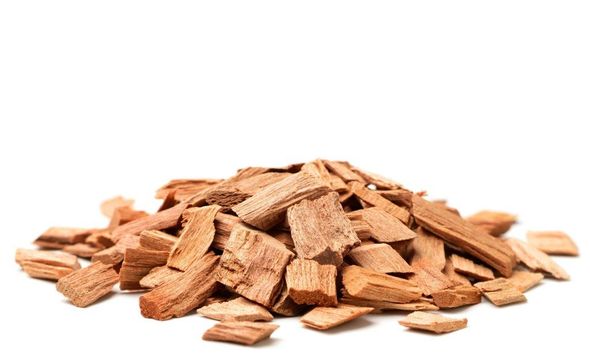
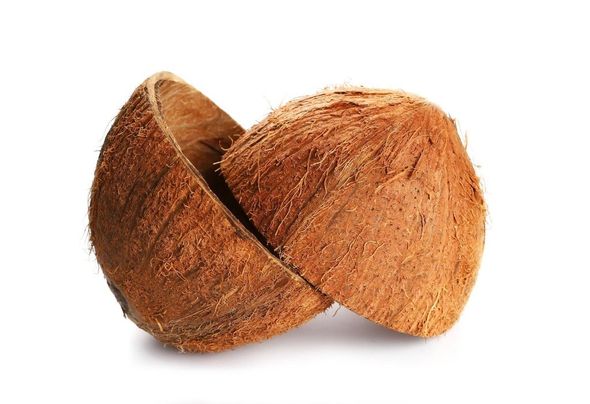
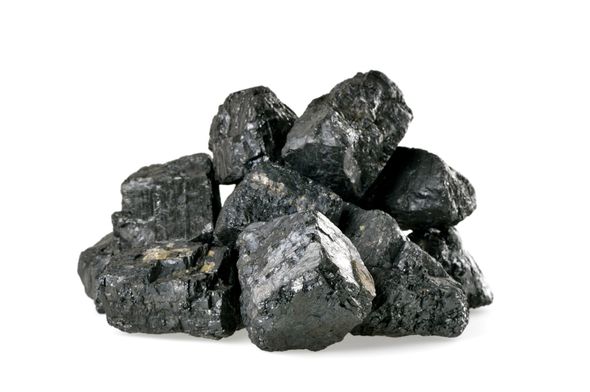




Wood *35-40%
Wood carbons have more macro-
pores making them better for
de-colorization and removal of larger organics.
* Raw material approximate carbon content before processing
Coconut shell *40-45%
Coconut shell carbons tend to have a higher percentage of micro-pores making it a good choice for small organics and disinfection biproducts.
Coal *65-70%
Coals have an intermediate pore structure making them a good choice for general purpose organic
reduction.
Wood *35-40%
Wood carbons have more macro-pores making them better for de-colorization and removal of larger organics.
* Raw material approximate carbon content before processing

Coconut shell *40-45%
Coconut shell carbons tend to have a higher percentage of micro-pores making it a good choice for small organics and disinfection biproducts.

Coal *65-70%
Coals have an intermediate pore structure making them a good choice for general purpose organic
reduction.
Wood *35-40%
Wood carbons have more macro-
pores making them better for
de-colorization and removal of larger organics.
* Raw material approximate carbon content before processing
Coconut shell *40-45%
Coconut shell carbons tend to have a higher percentage of micro-pores making it a good choice for small organics and disinfection biproducts.
Coal *65-70%
Coals have an intermediate pore structure making them a good choice for general purpose organic
reduction.
Process of ASC CarbonsSimplified example from tree to granules...
Process of ASC CarbonsSimplified example...
Process of ASC CarbonsSimplified example from tree to granules...
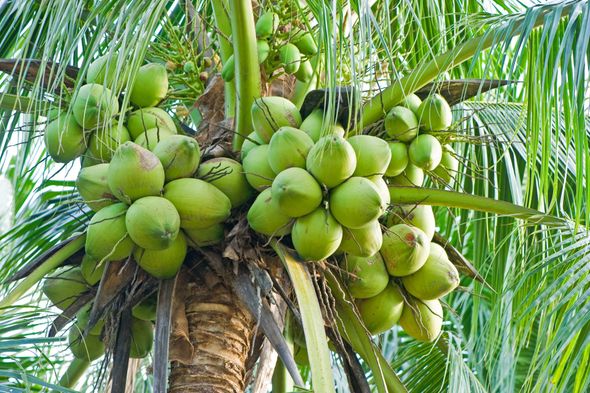
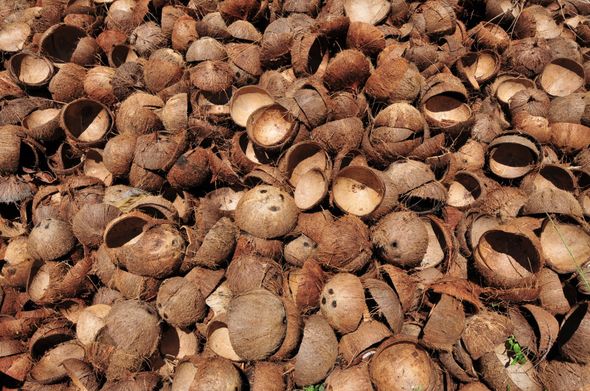
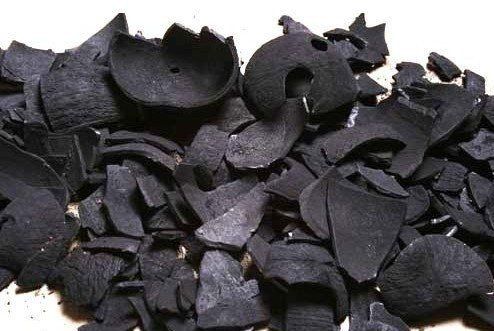




Coconut Plantations
Indonesia, India, Sri Lanka, Philippines, Africa, Central and South Americas.
Coconut Shell
A Bi product of utilised coconuts in consumer markets of Oils, fuels, health care and human consumption.
Carbonization
Kiln dried In the absence of air to around 680°C. Shells are partly carbonized where dehydration and devolatilization occur, an intermediate product is obtained which has a small pore structure. Volatile content is reduced to <15%.
Coconut Plantations
Indonesia, India, Sri Lanka, Philippines, Africa, Central and South Americas.

Coconut Shell
A Bi product of utilised coconuts in consumer markets of Oils, fuels, health care and human consumption.

Carbonization
Kiln dried In the absence of air to around 680°C. Shells are partly carbonized where dehydration and devolatilization occur, an intermediate product is obtained which has a small pore structure. Volatile content is reduced to <15%.
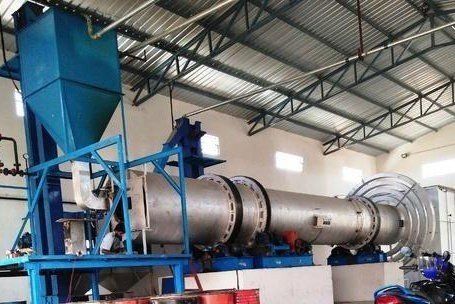
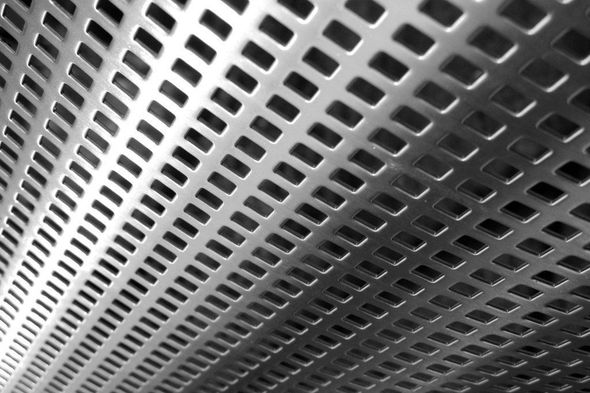
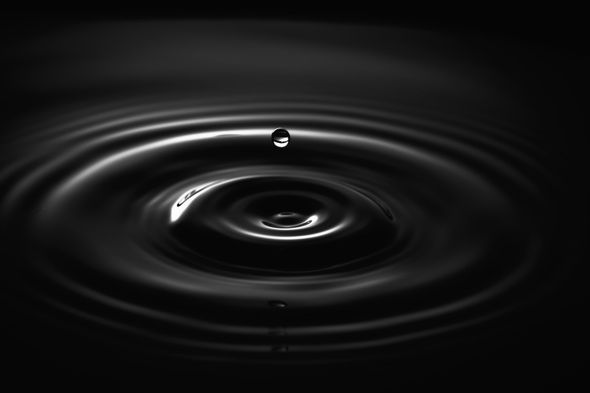




Activation
Shells are broken down to <2cm for further activation at 900 -1100°C. Activation removes carbon and increases pore structure to 100%.
Sieving
For desired particle size (Mesh size).
Backwashing
optional
Using Acid or distilled water resulting in a clean, dust free GAC.
Activation
Shells are broken down to <2cm for further activation at 900 -1100°C. Activation removes carbon and increases pore structure to 100%.

Sieving
For desired particle size (Mesh size).

Backwashing
optional
Using Acid or distilled water resulting in a clean, dust free GAC.
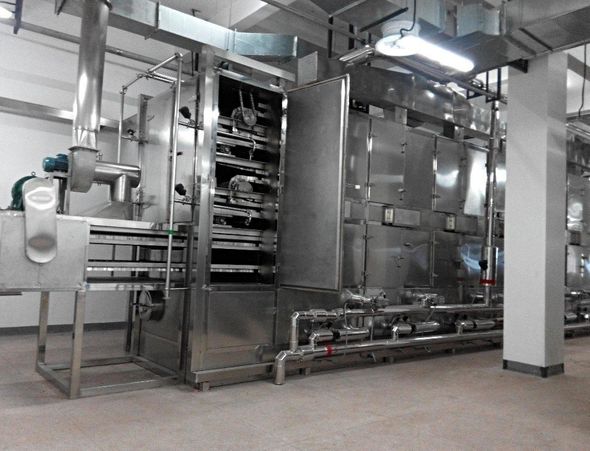

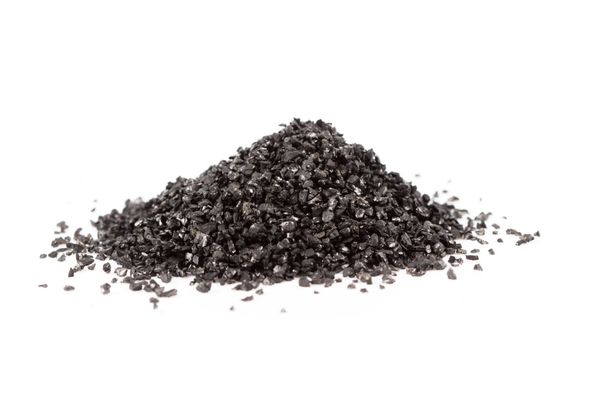
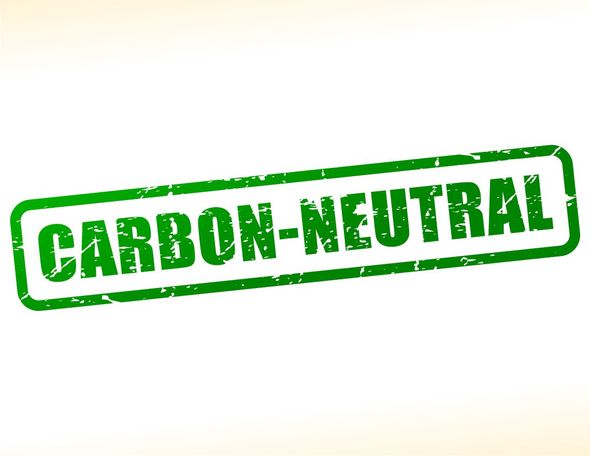



Kiln dried
Reducing moisture content to <5%.
Granular Activated Carbon
Kiln dried
Reducing moisture content to <5%.


Granular Activated Carbon
Global use
Global use
Global use
The annual global activated carbon industry is estimated well in excess of 1million metric tons per annum with demand for virgin activated carbon ever increasing.
Nearly 80% of the total active carbon is consumed for liquid-phase applications with gas-phase utilising the remaining 20% of total production.
Active carbon production is steadily increasing YOY due to the demand in Waste Water treatment along with global education and regulation requirements.
Consumption of active carbon is the highest in the U.S. and Japan, together they consume 2 to 4 times more than European and other Asian countries.
Estimated annual consumption per capita for Japan is 0.5 kg and 0.4kg in the U.S., 0.2kg in Europe, and 0.03kg in the rest of the world. This is due to the fact that Asian countries have not started using active carbons for water and air pollution control purposes in large quantities. This is primarily down to relaxed local government legislations in those regions and the need for any subsequent additional processing costs.
The annual global activated carbon industry is estimated well in excess of 1million metric tons per annum with demand for virgin activated carbon ever increasing.
Nearly 80% of the total active carbon is consumed for liquid-phase applications with gas-phase utilising the remaining 20% of total production.
Active carbon production is steadily increasing YOY due to the demand in Waste Water treatment along with global education and regulation requirements.
Consumption of active carbon is the highest in the U.S. and Japan, together they consume 2 to 4 times more than European and other Asian countries.
Estimated annual consumption per capita for Japan is 0.5 kg and 0.4kg in the U.S., 0.2kg in Europe, and 0.03kg in the rest of the world. This is due to the fact that Asian countries have not started using active carbons for water and air pollution control purposes in large quantities. This is primarily down to relaxed local government legislations in those regions and the need for any subsequent additional processing costs.
Applications
Applications
Applications
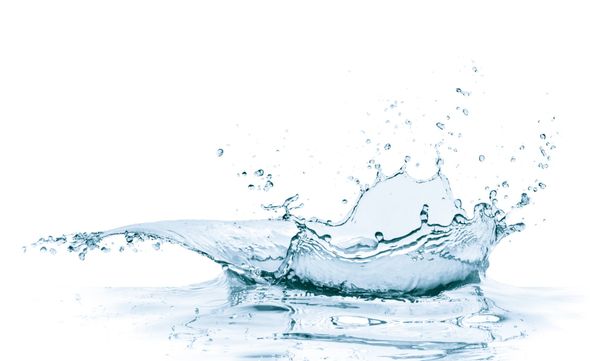

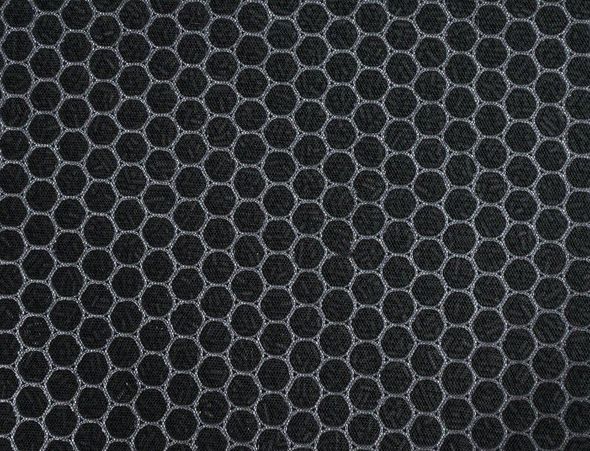




Liquid phase
Water purification in Drinking water, Waste water, Brewery, Swimming pools and Aquarium.
Air purification
for removal of Volatile Organic Compounds (VOC’s).
Liquid phase
Water purification in Drinking water, Waste water, Brewery, Swimming pools and Aquarium.

Air purification
for removal of Volatile Organic Compounds (VOC’s).
ASC Wood Based Carbon: Typical Technical specifications
ASC Wood Based Carbon: Typical Technical specifications
Mesh size
3*6, 4*8, 6*12, 8*16 & powder
Raw material
100% Pine wood
Ball pan hardness
92.80%
Surface area
0.25-0.30g/cc
Iodine absorption
1070mg/g
CTC absorption
54.29%
Butane absorption
17.30%
PH value
5.0-6.3%
Moisture content
2.8% max
Total ash content
1.7% max
ASC Wood Based Carbon: Typical Technical specifications
Mesh size
Raw material
Ball pan hardness
Surface area
Iodine absorption
CTC absorption
Butane absorption
PH value
Moisture content
Total ash content
3*6, 4*8, 6*12, 8*16 & powder
100% Pine wood
92.80%
0.25-0.30g/cc
1070mg/g
54.29%
17.30%
5.0-6.3%
2.8% max
1.7% max
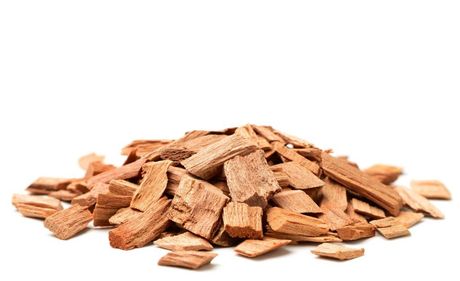
Mesh size
Raw material
Ball pan hardness
Surface area
Iodine absorption
CTC absorption
Butane absorption
PH value
Moisture content
Total ash content
3*6, 4*8, 6*12, 8*16 & powder
100% Pine wood
92.80%
0.25-0.30g/cc
1070mg/g
54.29%
17.30%
5.0-6.3%
2.8% max
1.7% max

ASC Coconut Shell Based Carbon: Typical Technical specifications
ASC Coconut Shell Based Carbon: Typical Technical specifications
Mesh size
3*6, 4*8, 6*12, 8*16 & powder
Raw material
Coconut shell
Ball pan hardness
94.77%
Surface area
1026mg/g
Iodine absorption
1103mg/g
CTC absorption
54.29%
Butane absorption
17.3%
PH value
6.2%
Moisture content
3.1%
Total ash content
1.7% max
ASC Coconut Shell Based Carbon: Typical Technical specifications
Mesh size
Raw material
Ball pan hardness
Surface area
Iodine absorption
CTC absorption
Butane absorption
PH value
Moisture content
Total ash content
3*6, 4*8, 6*12, 8*16 & powder
Coconut shell
94.77%
1026mg/g
1103mg/g
54.29%
17.3%
6.2%
3.1%
1.7%
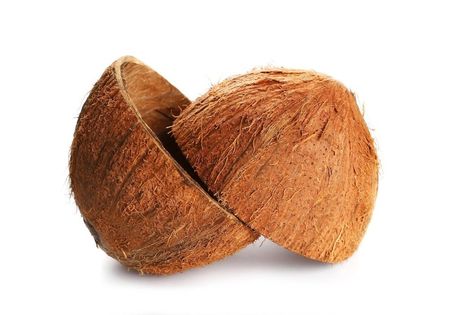
Mesh size
Raw material
Ball pan hardness
Surface area
Iodine absorption
CTC absorption
Butane absorption
PH value
Moisture content
Total ash content
3*6, 4*8, 6*12, 8*16 & powder
Coconut shell
94.77%
1026mg/g
1103mg/g
54.29%
17.3%
6.2%
3.1%
1.7%

ASC Coal Based Carbon: Typical Technical specifications
ASC Coal Based Carbon: Typical Technical specifications
Mesh size
3*6, 4*8, 6*12, 8*16 & powder
Raw material
Hard coal
Ball pan hardness
94.60%
Surface area
930mg/g
Iodine absorption
890 IV
CTC absorption
41.29%
Butane absorption
15.26%
PH value
7.3%
Moisture content
3.1%
Total ash content
1.7% max
ASC Coal Based Carbon: Typical Technical specifications
Mesh size
Raw material
Ball pan hardness
Surface area
Iodine absorption
CTC absorption
Butane absorption
PH value
Moisture content
Total ash content
3*6, 4*8, 6*12, 8*16 & powder
Hard coal
94.60%
930mg/g
890 IV
41.29%
15.26%
7.3%
3.1%
1.7%
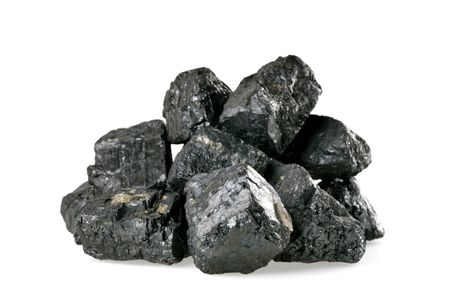
Mesh size
Raw material
Ball pan hardness
Surface area
Iodine absorption
CTC absorption
Butane absorption
PH value
Moisture content
Total ash content
3*6, 4*8, 6*12, 8*16 & powder
Hard coal
94.60%
930mg/g
890 IV
41.29%
15.26%
7.3%
3.1%
1.7%





